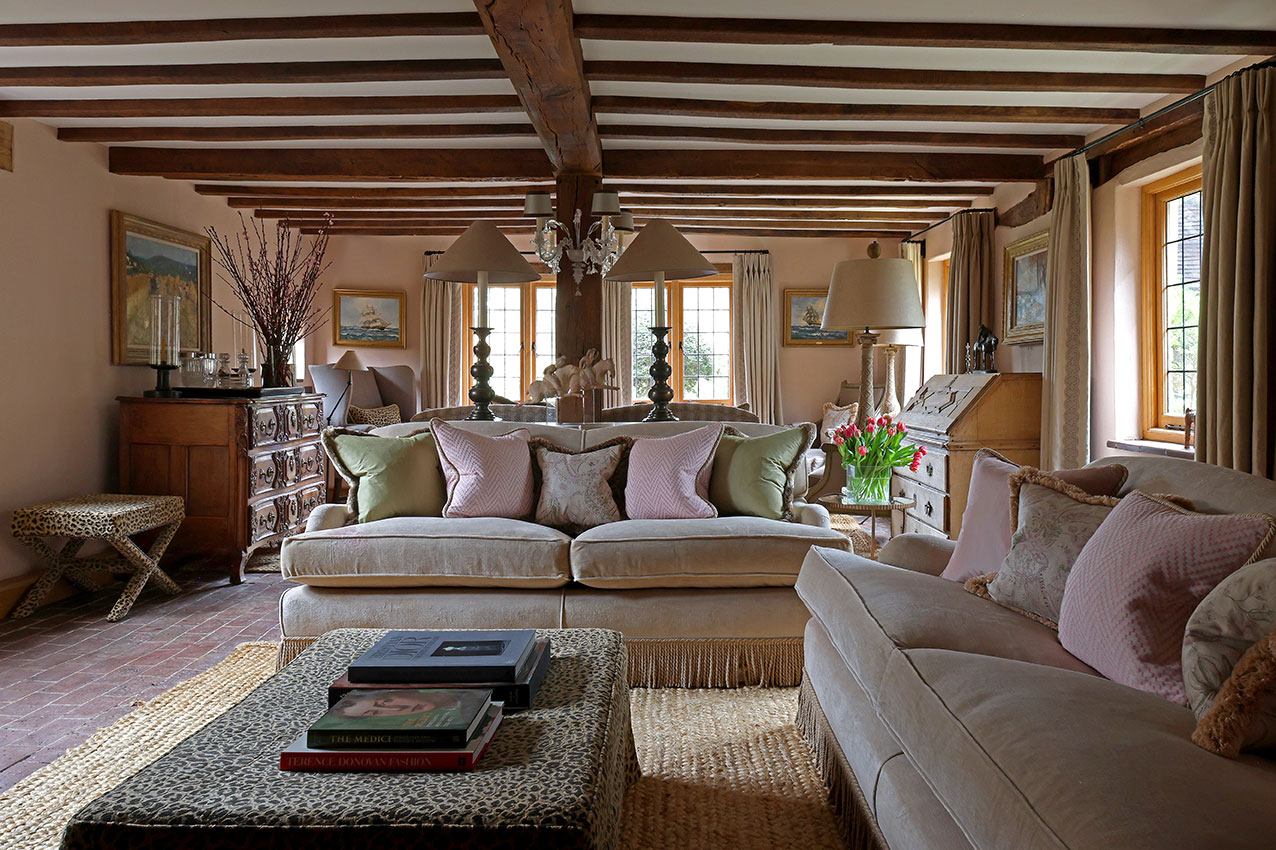The brilliance of Brintons: How the Queen's carpet makers are still going strong after 235 years
Brintons are a genuine British institution. They’ve been making carpets for almost a quarter of a millennium, working with everyone from Vivienne Westwood to the Queen – and are showing now signs of slowing down.
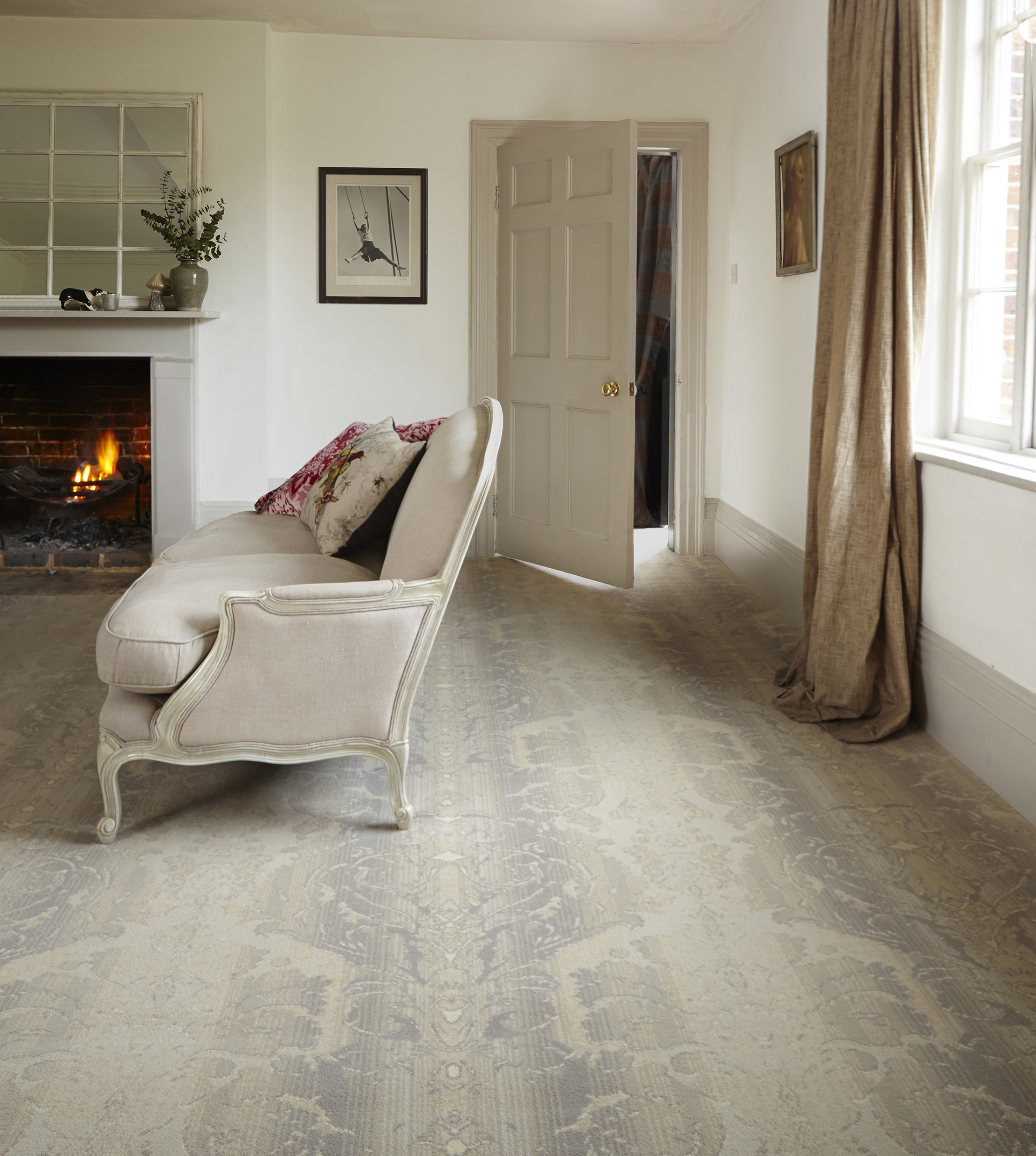
In this world of boom and bust, instant fame and almost-as-quick obscurity, not many things manage to keep going for two hundred years.
Those that survive don’t do so by luck. They manage to do so while staying ahead of the trends of the day, earning a place in the collective consciousness of all those who value quality and heritage. Take, for example, Savile Row tailor Henry Poole, founded in 1806; the cheesemonger Paxton & Whitfield, founded in 1797; or wine merchant Berry Bros, who have been going since 1698. All are as renowned today as they’ve ever been. Quality shines through.
Carpet-makers Brintons have absolutely earned their right to be mentioned in the same breath as those other august institutions. They’ve been making carpets in Kidderminster – still the company’s headquarters – since 1783, pushing innovations both technical and stylistic throughout that time. They’ve carpeted everything from the White House to Singapore’s Changi Airport – where they laid arguably the largest carpet in the world, in Terminal 3, a 100,000sq m creation which used the wool of 65,000 sheep.
And then, of course, there are the royal clients. In 1958 Brintons became one of the first companies to be awarded a Royal Warrant by the then-recently-acceded Queen Elizabeth II. The company has carpeted royal palaces throughout the land ever since.
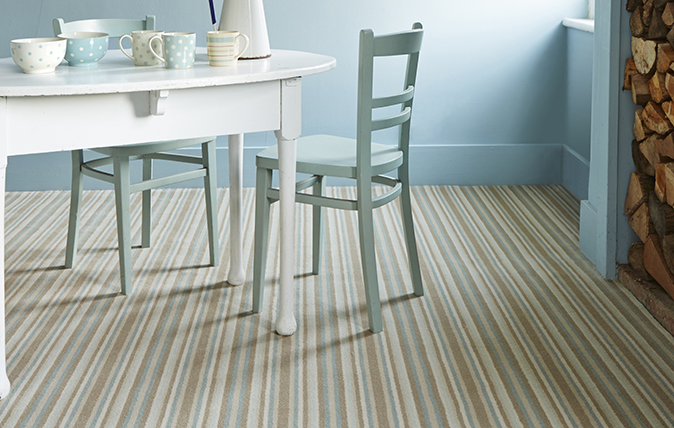
Yet as powerful as the story of Brintons heritage is, equally fascinating is its determination to remain relevant in today’s world – something which seems to come naturally to a company that has always been on the cutting edge. They patented the first machine capable of weaving Axminster carpet, in 1890; the first to establish, after the Second World War, the 80-20 wool-to-nylon ratio that all the world’s best carpet-makers use to this day; and yet they’ve done so while keeping the changing aesthetic tastes of the day in the forefront of their – and our – minds.
In the 1990s, for example, they collaborated with Vivienne Westwood; more recently, they’ve worked with everyone from Laura Ashley and the National Trust to cutting-edge Glaswegian design firm Timorous Beasties (as in the example at the top of this page), producing carpets for everyone and anyone – anyone, that is, who cares about the marriage of timeless elegance and outstanding beauty to unbeatable quality and design.
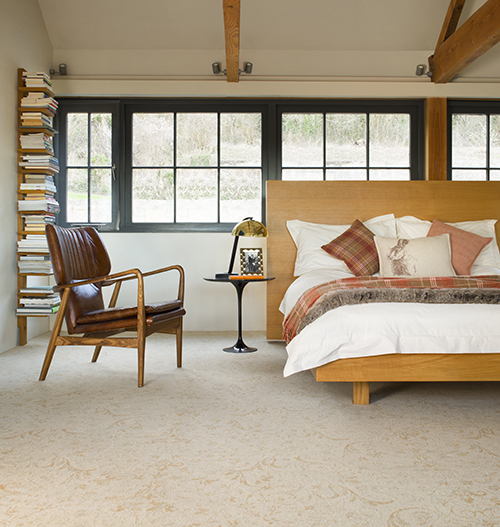
Brintons quality comes in large part from the materials used: great British wool. Country Life’s interiors editor Giles Kime made the point earlier this year that natural materials are back in vogue, something that this carpet-maker has never stopped appreciating – they’re the largest user of wool in the country, with the fleeces of one in nine of our sheep ending up in a Brintons carpet.
Sign up for the Country Life Newsletter
Exquisite houses, the beauty of Nature, and how to get the most from your life, straight to your inbox.
It’s a point that can't be overstated: top quality wool looks, smells and feels wonderful – and, unlike the stripped floorboards that have taken over so many of our houses, won’t leave you deafened every time a pair of shoes comes into contact with it.
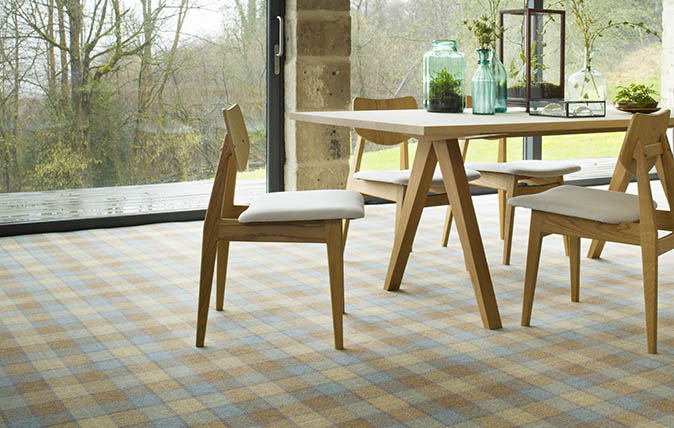
The feel is only part of the equation, of course: look is just as important, and Brintons have everything from old favourites – such as the 'Renaissance Classics' range – to fresh looks that bring in new ideas. That feels more relevant than ever as patterned carpets make a hugely-welcome comeback, and Brintons latest range, named ‘Perpetual Textures’, is inspired by rattan and handwoven techniques but using hard-wearing materials such as tweed. ‘It gives a modern twist to nostalgic prints,’ says the company’s creative designer Jodie Hatton. And no doubt we’ll keep seeing them – everywhere from Buckingham Palace to Pennsylvania Avenue – for a long, long time.
Go to www.brintons.co.uk where you can search by colour or design style, look for inspiration and order a colour guide or sample swatches.

Credit: Paul Roberts/Picfair
50 great things to do in Britain that won't cost you a penny
From moonlight to museums, birdsong to the Old Bailey, Kate Green and Giles Kime find 50 gloriously free things to

50 things Britain gave the world, from apologies to zoos
Throughout the centuries, Britain has led the world in all that is civilised, from culture to condiments and fast horses
-
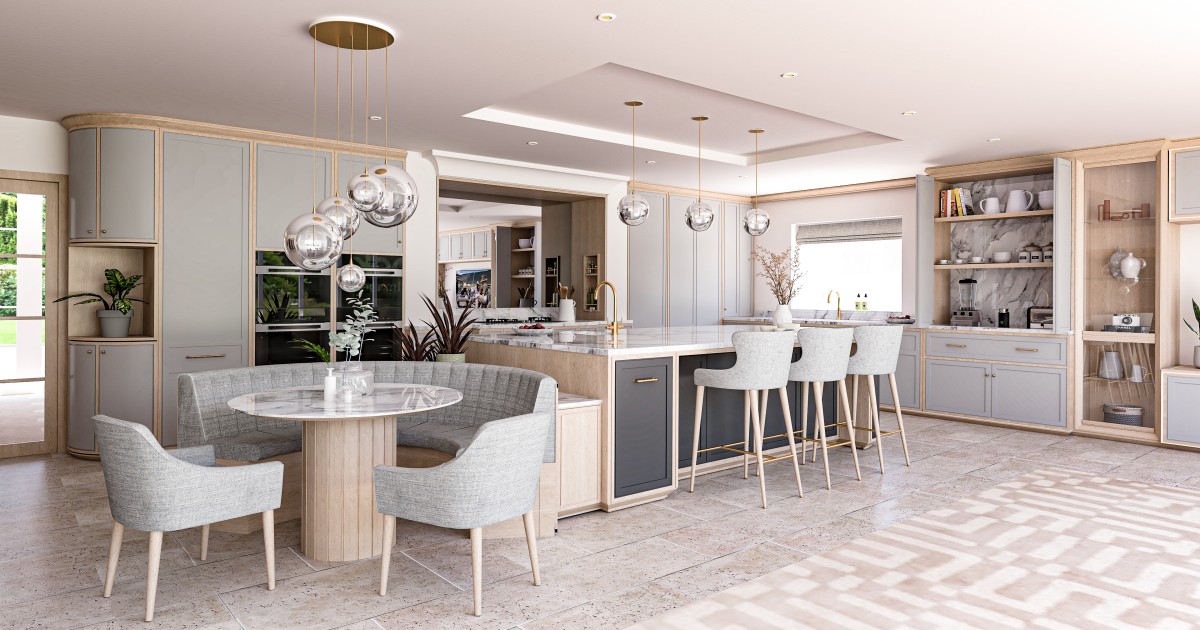 Country Life readers' event: Furniture with a future
Country Life readers' event: Furniture with a futureJoin Country Life on October 13 to discover the secret of ground-breaking designs that will stand the test of time at Modern British Kitchens.
By Modern British Kitchens
-
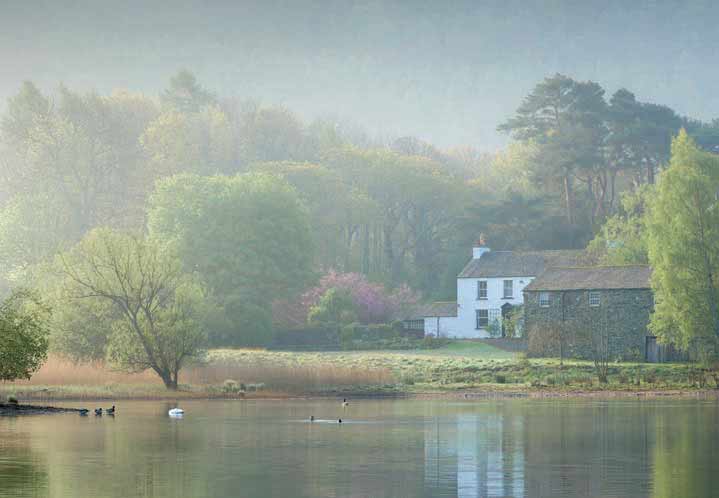 Janine Stone's Jeremy Spencer on getting light right
Janine Stone's Jeremy Spencer on getting light rightThe interplay of natural light, space and position can have a huge bearing on the success of a house. Jeremy Spencer of Janine Stone, tells Country Life’s Executive Editor, Giles Kime, why careful design, exhaustive planning and wide experience are key to making light work.
By Janine Stone
-
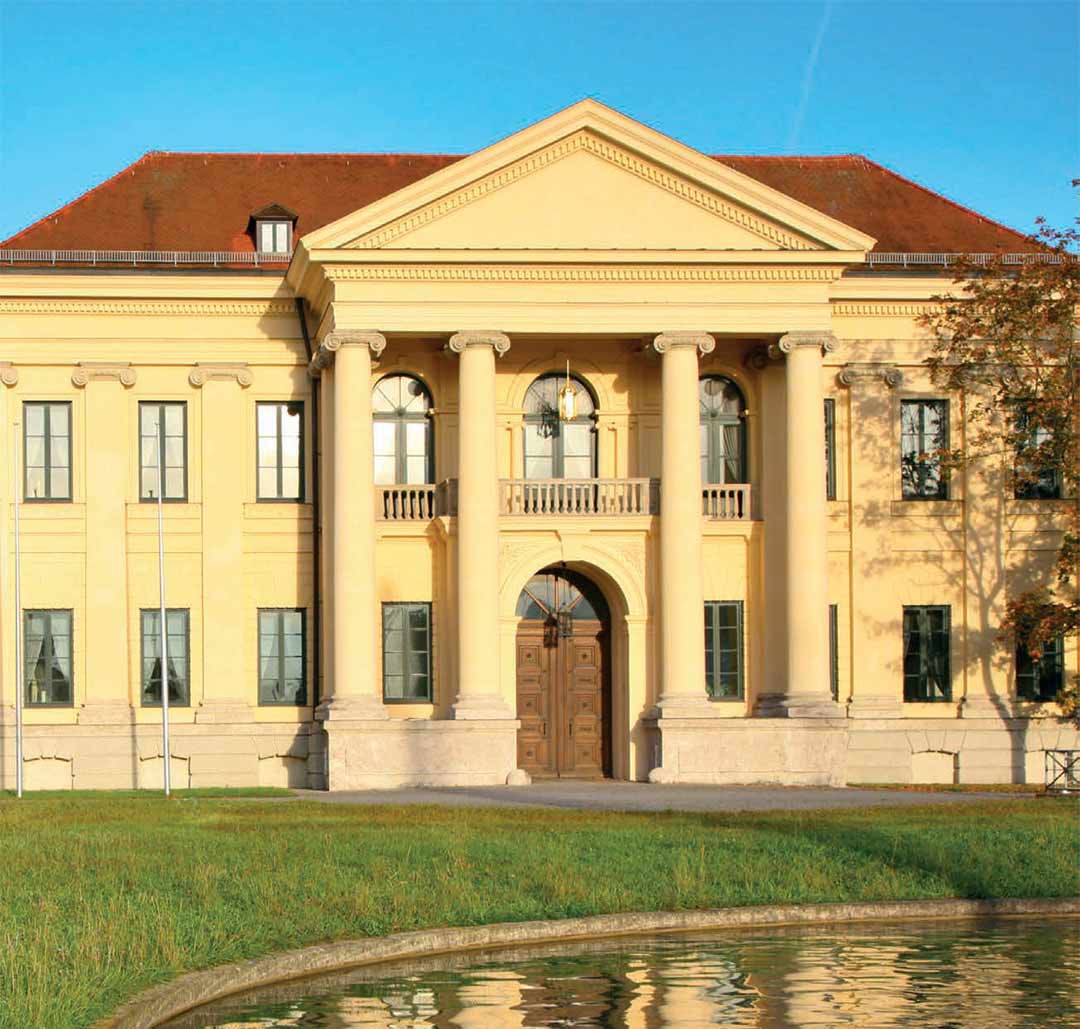 Janine Stone's Jeremy Spencer on how houses need not just blend into their settings, but can actively enhance them
Janine Stone's Jeremy Spencer on how houses need not just blend into their settings, but can actively enhance themWhen creating a new country house, there are plenty of inspiring examples of how it can sit seamlessly into its setting. Country Life’s Executive Editor Giles Kime talks to Jeremy Spencer of Janine Stone about the inspiration he finds in the position and character of a site.
By Janine Stone
-
 Why craft makes you happy, with Giles Kime, Ben Pentreath and Ben Johnson
Why craft makes you happy, with Giles Kime, Ben Pentreath and Ben JohnsonCountry Life's Giles Kime heads to the new Chelsea Barracks development at the start of London Craft Week, to speak to Ben Pentreath and Ben Johnson of Albion Nord about what craft brings to our lives.
By Chelsea Barracks
-
 Janine Stone: How to fit a home gym, pool or yoga studio seamlessly into your house
Janine Stone: How to fit a home gym, pool or yoga studio seamlessly into your houseJanine Stone offers her advice on creating home gyms, yoga studios and swimming pools to enhance mind, body and soul, in the fourth in our series of masterclasses with the designer.
By Janine Stone
-
 Janine Stone: 'We create houses not only for clients, but for future generations'
Janine Stone: 'We create houses not only for clients, but for future generations'In the third of our series of masterclasses, interior designer Janine Stone answers questions from Giles Kime about how to create a home tailored exactly to the needs of the owners.
By Janine Stone
-
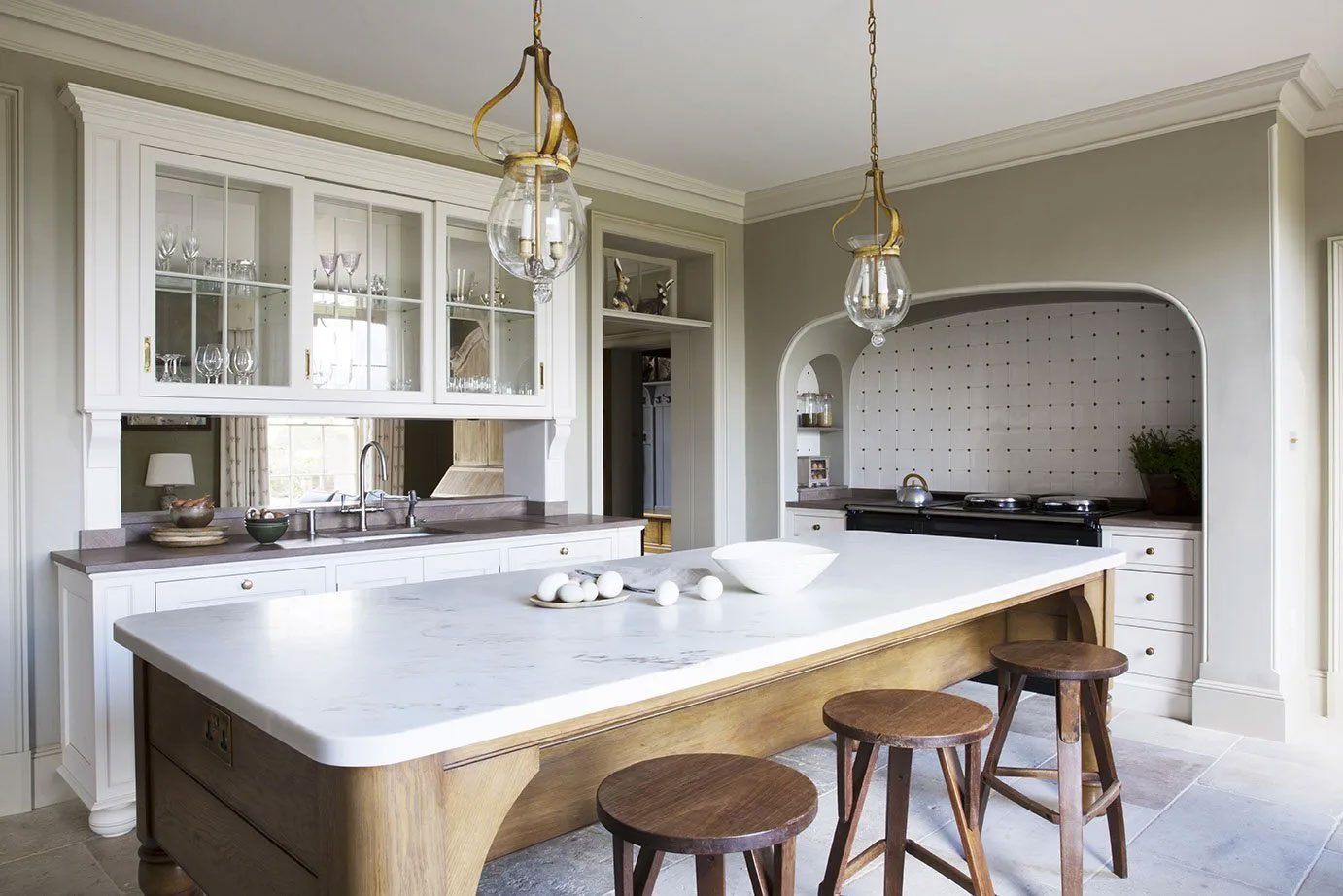 Artichoke's Bruce Hodgson on getting restoration right: 'There is no need for a period house to feel like a museum'
Artichoke's Bruce Hodgson on getting restoration right: 'There is no need for a period house to feel like a museum'Bruce Hodgson of Artichoke explains why carefully conceived, beautifully executed joinery is vital to the evolution of a period house in the 21st century.
By Artichoke
-
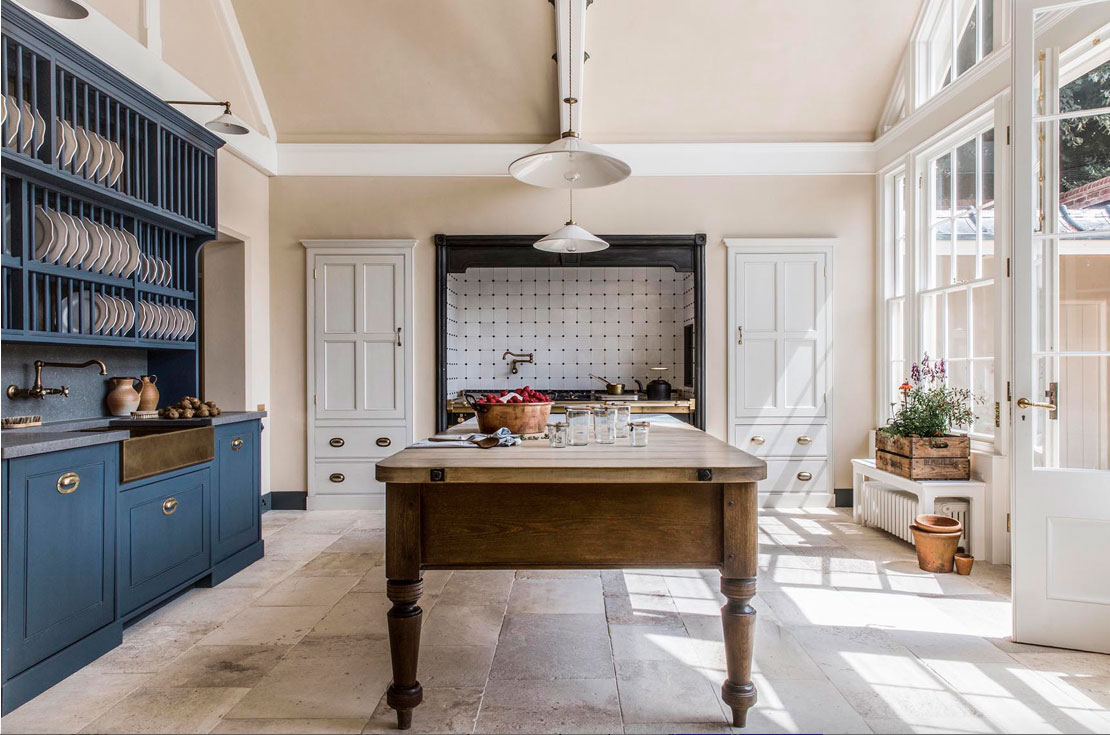 The lost art of English joinery: 'Without it, even the grandest room will be nothing more than a box'
The lost art of English joinery: 'Without it, even the grandest room will be nothing more than a box'In the revival of interest in English country houses, beautifully designed joinery is often overlooked. Bruce Hodgson, founder of Artichoke, explains how door casements, shutters, panelling, skirtings, architraves, cornicing and dados can transform a space.
By Artichoke

